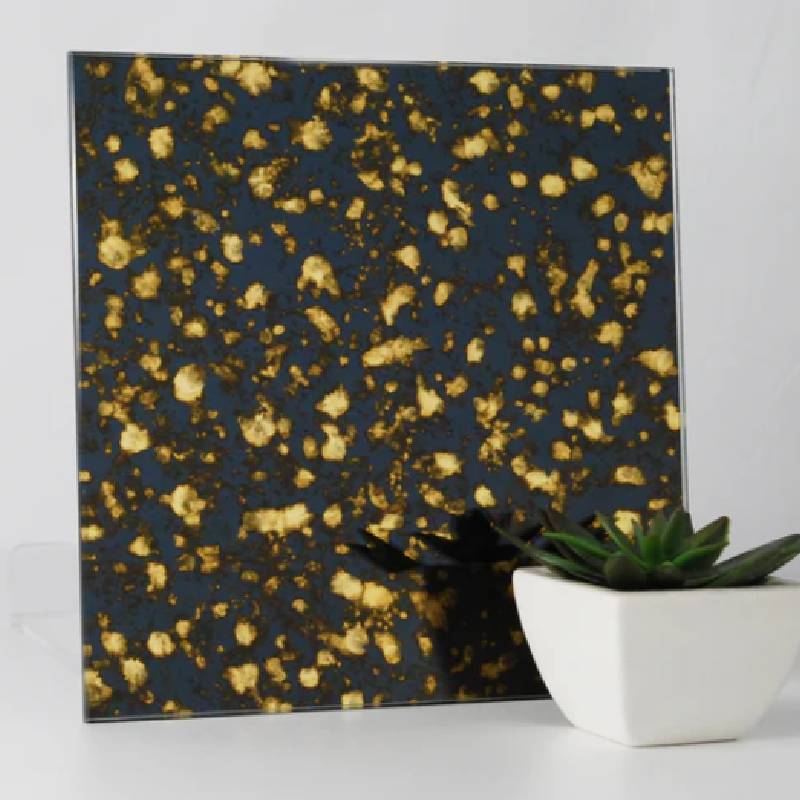The Art and Science of Making Tempered Glass
Tempered glass, known for its strength and safety features, is a crucial material in modern architecture and everyday products
. The process of making tempered glass involves several intricate steps that enhance its durability, making it an essential choice for various applications, from building facades to smartphone screens.
The journey of tempered glass begins with the selection of high-quality raw materials, typically silica sand, soda ash, and limestone. These ingredients are meticulously mixed and melted in a furnace at temperatures exceeding 1,700 degrees Fahrenheit (about 927 degrees Celsius). This high-temperature environment ensures that the raw materials become a uniform molten glass, free from any impurities.
Once the glass reaches the desired consistency, it is carefully formed into sheets or shapes. This can be achieved through various methods such as blowing, pressing, or molding. The formed glass is then allowed to cool slowly in a controlled environment, transitioning to a state called annealed glass. While annealed glass is relatively strong, it does not have the same level of durability as tempered glass.
The heating process is followed by the crucial tempering phase. This involves reheating the glass sheets to around 1,200 degrees Fahrenheit (approximately 649 degrees Celsius). After achieving this high temperature, the glass is rapidly cooled through a process known as “quenching,” where high-pressure air is blown onto the surface. This rapid cooling creates a significant difference in temperature between the outer surface and the inner core of the glass.
making tempered glass
The result of this thermal shock is a compressed outer layer that significantly increases the glass's strength. Tempered glass can withstand impacts and thermal stress far better than standard glass. This characteristic makes it a preferred choice in various demanding environments, including shower doors, glass doors and tables, and car windows.
An essential benefit of tempered glass is its safety feature when broken, it shatters into small, blunt pieces rather than sharp shards, reducing the risk of injury. This property is particularly important in public spaces and residential areas where safety is a paramount concern.
Moreover, the manufacturing process of tempered glass is not only efficient but also environmentally friendly. Many manufacturers utilize recycled glass in their production, thus contributing to a sustainable cycle. As building codes evolve and safety standards become stricter, the demand for tempered glass continues to rise.
In conclusion, the art and science behind making tempered glass exemplify the perfect blend of innovative engineering and craftsmanship. By transforming raw materials through heat and cooling processes, we produce a material that not only meets but exceeds the demands of modern applications, enhancing both safety and aesthetic appeal in our everyday lives.
 Afrikaans
Afrikaans  Albanian
Albanian  Amharic
Amharic  Arabic
Arabic  Armenian
Armenian  Azerbaijani
Azerbaijani  Basque
Basque  Belarusian
Belarusian  Bengali
Bengali  Bosnian
Bosnian  Bulgarian
Bulgarian  Catalan
Catalan  Cebuano
Cebuano  Corsican
Corsican  Croatian
Croatian  Czech
Czech  Danish
Danish  Dutch
Dutch  English
English  Esperanto
Esperanto  Estonian
Estonian  Finnish
Finnish  French
French  Frisian
Frisian  Galician
Galician  Georgian
Georgian  German
German  Greek
Greek  Gujarati
Gujarati  Haitian Creole
Haitian Creole  hausa
hausa  hawaiian
hawaiian  Hebrew
Hebrew  Hindi
Hindi  Miao
Miao  Hungarian
Hungarian  Icelandic
Icelandic  igbo
igbo  Indonesian
Indonesian  irish
irish  Italian
Italian  Japanese
Japanese  Javanese
Javanese  Kannada
Kannada  kazakh
kazakh  Khmer
Khmer  Rwandese
Rwandese  Korean
Korean  Kurdish
Kurdish  Kyrgyz
Kyrgyz  Lao
Lao  Latin
Latin  Latvian
Latvian  Lithuanian
Lithuanian  Luxembourgish
Luxembourgish  Macedonian
Macedonian  Malgashi
Malgashi  Malay
Malay  Malayalam
Malayalam  Maltese
Maltese  Maori
Maori  Marathi
Marathi  Mongolian
Mongolian  Myanmar
Myanmar  Nepali
Nepali  Norwegian
Norwegian  Norwegian
Norwegian  Occitan
Occitan  Pashto
Pashto  Persian
Persian  Polish
Polish  Portuguese
Portuguese  Punjabi
Punjabi  Romanian
Romanian  Russian
Russian  Samoan
Samoan  Scottish Gaelic
Scottish Gaelic  Serbian
Serbian  Sesotho
Sesotho  Shona
Shona  Sindhi
Sindhi  Sinhala
Sinhala  Slovak
Slovak  Slovenian
Slovenian  Somali
Somali  Spanish
Spanish  Sundanese
Sundanese  Swahili
Swahili  Swedish
Swedish  Tagalog
Tagalog  Tajik
Tajik  Tamil
Tamil  Tatar
Tatar  Telugu
Telugu  Thai
Thai  Turkish
Turkish  Turkmen
Turkmen  Ukrainian
Ukrainian  Urdu
Urdu  Uighur
Uighur  Uzbek
Uzbek  Vietnamese
Vietnamese  Welsh
Welsh  Bantu
Bantu  Yiddish
Yiddish  Yoruba
Yoruba  Zulu
Zulu 

